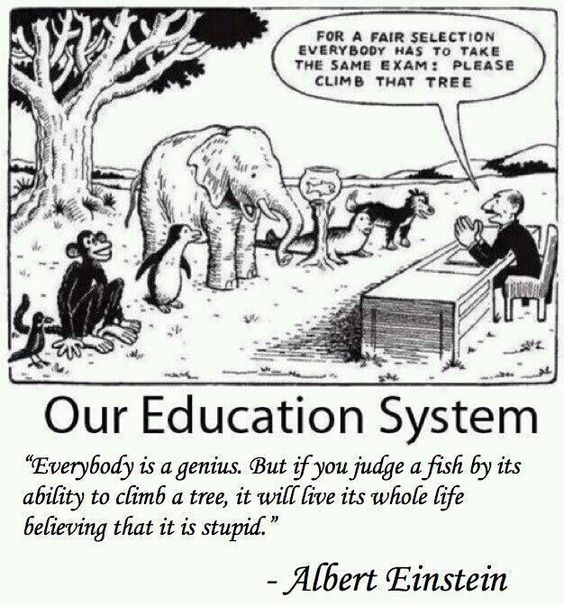Most of us have heard of the fact, that people perceive and intake information differently. Therefore, as we perceive and process information differently, we learn differently. Learning styles are a range of competing theories, proposing that all people can be classified according to their ‘style’ of learning. Even though different views on how the styles should be defined and categorized are presented, a common concept is that individuals differ in how they learn.

In next couple of blog posts we will cover main concepts of Learning Styles.
VARK
This model, identifies four primary types of learners based on how one is most efficient at learning:
- visual,
- auditory,
- reading/writing, and
- kinesthetic.
Each learning type responds best to a different method of teaching. Auditory learners will remember information best after reciting it back to the presenter, while kinesthetic learners will jump at the chance to participate in a hands-on activity.
Every presenter that stands up in front of an audience wants to be understood. But when your audience is equipped to learn best in distinctly different ways, how do you make sure that you get your message across to everyone in the room? The consequences of these learning styles reach far beyond the classroom. If you want to educate a large group of people, no matter what the setting, you need to know how to engage each of the four learning styles.
Visual learners prefer to see and visualize. Tip. Graphic displays such as charts, diagrams, illustrations, handouts, and videos are all helpful learning tools for visual learners. People who prefer this type of learning would rather see information presented in a visual rather than in written form.
Auditory learners concentrate on information they hear. Tip. Recite ideas or information out load to remember them better.
Reading/writing learners tend to perform best when they interact with the text. Tip. Make notes and use quizzes where information needs to written down.
Kinesthetic learners are hands-on experiential learners, learning by doing. Tip. Role playing and exercises are best for these learners to understand ideas and remember them better.
You can find various quizzes to determine what learner you are. And don’t be alarmed, if you will see that your result will be a split one. Also, depending on experience, work practice and personal growth, over time you profile can expand, given, you try and polish your skills.
 Business games
Business games  Бизнес игры
Бизнес игры  Juegos de negocios
Juegos de negocios  Geschäftsspiele
Geschäftsspiele  Jogos de negócios
Jogos de negócios  Giochi aziendali
Giochi aziendali  Jeux d'entreprise
Jeux d'entreprise  Trò chơi kinh doanh
Trò chơi kinh doanh  ألعاب الأعمال
ألعاب الأعمال  Επιχειρηματικά παιχνίδια
Επιχειρηματικά παιχνίδια  Forretningsspil
Forretningsspil  משחקי עסקים
משחקי עסקים  商业游戏
商业游戏  비즈니스 게임
비즈니스 게임  Permainan perniagaan
Permainan perniagaan  Zakelijke spellen
Zakelijke spellen  Forretningsspill
Forretningsspill  Gry biznesowe
Gry biznesowe  Jocuri de afaceri
Jocuri de afaceri  İş oyunları
İş oyunları  Liiketoimintapelit
Liiketoimintapelit  Obchodní hry
Obchodní hry  Affärsspel
Affärsspel  ビジネスゲーム
ビジネスゲーム